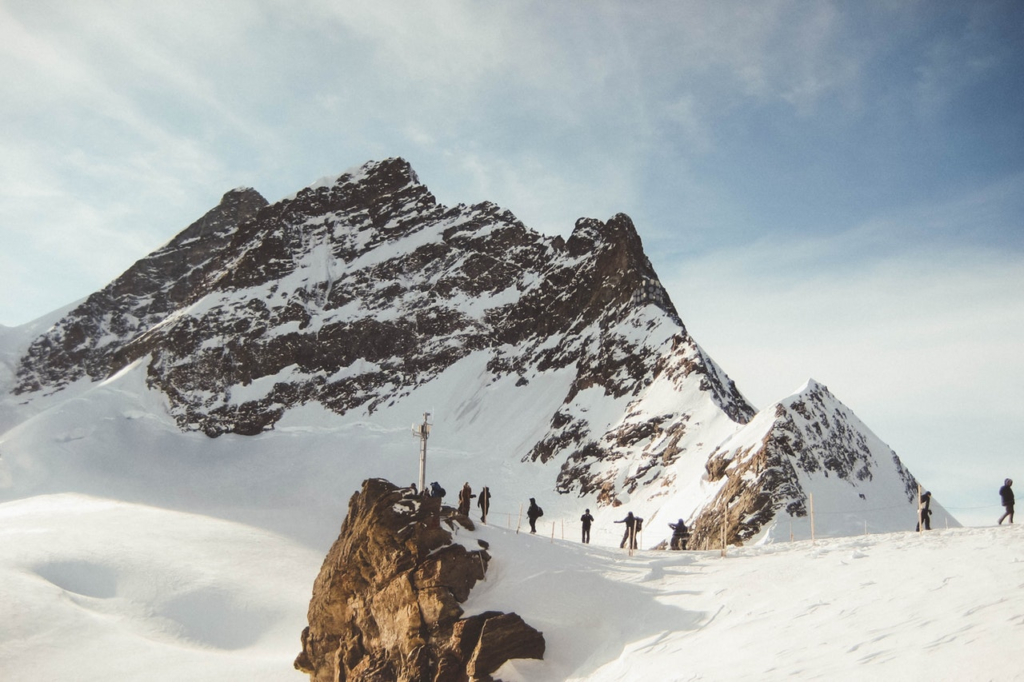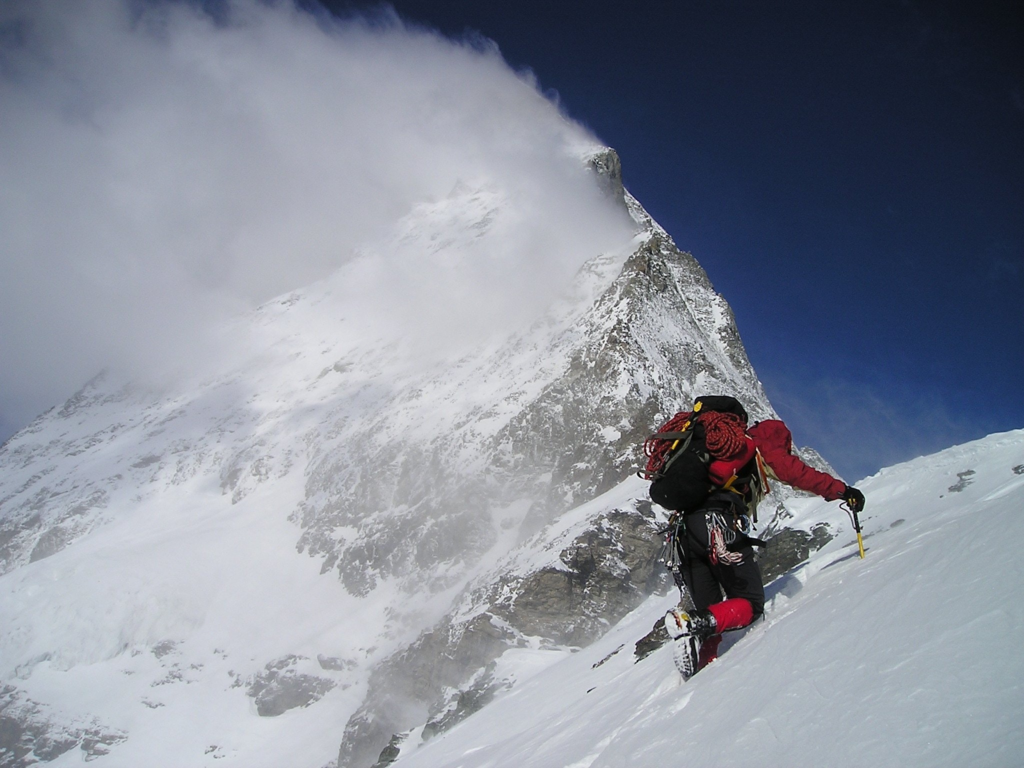Mount Everest is the most glorified mountain in the world and has attracted eager mountaineers from all over. In 1953, Edmund Hillary and Tenzing Norgay climbed the summit for the first time. Over 4,000 individuals have followed in their footsteps, daring the harsh climate and dangerous terrain for a few moments of glory. A recent phenomenon is overcrowding on Mount Everest – and this has proven to be deadly.
Mount Everest Traffic Jam Takes Lives
Not everyone who starts to ascend towards the summit makes it back unscathed or even alive. More than 300 people have died attempting to reach the summit of Mt. Everest. According to BBC, May 2019 has had more than 200 people at the peak, causing a traffic jam. Unfortunately, at least 11 people did not make it back to their camp. Most deaths were caused by avalanches, blizzards, injury from fall, altitude sickness, exposure, or frostbite. However, according to Sherpas and the climbers, the deaths this year were attributed to people getting held up in long lines for the last 1,000 feet.
People were not only being held up by the traffic jam, but were working completely independently from one another. Instead of a community of climbers looking out for one another and their livelihood, they were stuck in a line, and were very alone. Selfies and FOMO (the fear of missing out) took over, putting personal connection on the sideline. In short, Personal Connection® died on Mount Everest in May 2019.

Why is it Important to Get Off Mount Everest’s Summit Quickly?
Mount Everest is the tallest mountain in the world. Therefore, it is literally the highest point on Earth with a height of 29,029 feet. The upper heights of the mountain area is known as the death zone. The death zone is a mountaineering term for altitudes above 8,000 m (26,000 ft) or less than 356 millibars (5.16 psi) of atmospheric pressure. At this point, the oxygen level is not sufficient enough to sustain human life.
As a result, the human body cannot acclimatize, as it uses oxygen faster than it can be replenished. Therefore, the oxygen levels are only at a third of what they are at sea level, and the barometric pressure causes weight to feel ten times heavier. The combination of the two makes mountaineers feel sluggish, disoriented, fatigued and can cause extreme distress on the organs.
For this reason, climbers don’t usually last more than 48 hours in this area. Unable to get up and down fast enough to refill their oxygen supply, they succumb to the harsh, unforgiving conditions. On the other hand, some climbers are not fit enough to be on the mountain in the first place. Some untrained climbers have no clue how to put on a pair of crampons, or clip-on spikes that increase traction on ice.
When you combine the science behind the health risks with the inexperience Mount Everest attracts, it is paramount that climbers have each other’s backs. Even in our daily professional and personal lives in normal living conditions, Personal Connection® is the glue that makes life possible. It is in our biology and our history as humans to personally connect with people who have similar goals and passions. Therefore, even though climbers come from different cultures and ways of life around the world, the common thread should theoretically be the emotional love for hiking and striving for perfection.
Why Didn’t People Help Each Other On Top of Mount Everest?
The problem is, our brains are slowly being rewired to want different things. Today, instant gratification is an innate part of our world culture. People want that perfect Instagram photo of themselves, by themselves, on top of the biggest mountain. Social media is a place where you put your best foot forward. It doesn’t matter how hard your life feels, or how depressed or anxious you are. If you are able to get that perfect shot, that perfect showcase of who you want to be, it is worth the 100 likes.
We cannot prove that this is what was going through any climber’s heads. This is our opinion based on what we have read and heard about the experiences people are having on Mount Everest. In addition, we are very fitness oriented and do partake in hiking excursions. We believe in creating a world where people aren’t afraid to personally connect. Therefore, even though Personal Connection® failed on top of Mount Everest and we even went as far to say that it died, there still is hope.
Related: Personal Connection in the Age of Social Media
Governments and Businesses Are Part of the Solution
Both international companies and the local Nepal government are enablers of this problem, but they do not have to be. Nepal has no strict regulations on who can climb Everest, therefore, this is a recipe for disaster. In addition, big travel businesses and the local governments have shifted their focus to making huge profits, turning a blind eye to safety measures.
Sadly, Personal Connection® with climbers and their welfare are not their primary concern. Hungry for every climbing dollar they can get, more permits are issued to untrained climbers posing a risk to everyone on the mountain. In addition, this year alone the Nepali government issued a record of 381 permits, hoping to commercialize Mount Everest. The government takes in $300 million each year from people climbing Mount Everest.
Money talks. It also blinds people from common sense and Personal Connection®. Therefore, the easiest solution is tighter governmental regulations on climbers and businesses related to Mount Everest. This won’t happen immediately, though. At least not quickly enough. So the second-best solution is for businesses involved to acknowledge the problem and make changes themselves. But this won’t happen fast enough either.
The third best solution is for people to be aware of the issues related to having too many people on the mountain. Then they can consciously make the decision themselves to minimize numbers, but… ego and the fear of missing out will prevent this as well.
Related: What is Emotionally Intelligent Leadership?

So What Can be Done to Minimize the Number of Deaths on Mount Everest?
As much as we all love to shift blame, note that you, as the climber, are responsible for yourself and more importantly the others around you. Perhaps the best advice for any thrill-seeker out there is to leave your ego at home or at base camp. Why? Because, it’s your ego that will cause you to keep going at the cost of your life and others.
Are selfies at the summit that important to sacrifice your life and refuse oxygen to a dying comrade? Maybe people should be more focused on the experience than the race to the top. Skilled climbers say that most of the deaths on Mount Everest were avoidable. How? Some of the victims had signs of exhaustion and altitude sickness but refused to turn back.
Even climbers who were allegedly in a position to help chose not to because it interfered with their plans of summiting. Sure it can be just as fatal, but if you are in a position to help, do it. Community and Personal Connection® is what makes us human. How would you feel if you were in the same situation and people were stepping over you as they pass by?
For years to come, Mount Everest will no doubt continue to do what it has for decades. It will continue to capture the imagination, provide the backdrop for dreams and personal triumphs, and take a few lives in the process. There are already enough dangers to climbing Mount Everest, the lack of personal connection does not need to be another one.
Related: What Is the Personal Connection Crisis?
Want to find out more about feeling engaged with your community and the people around you? Take our Personal Connection® course.

